1. Giant dinosaurs may have walked like they wore high heels
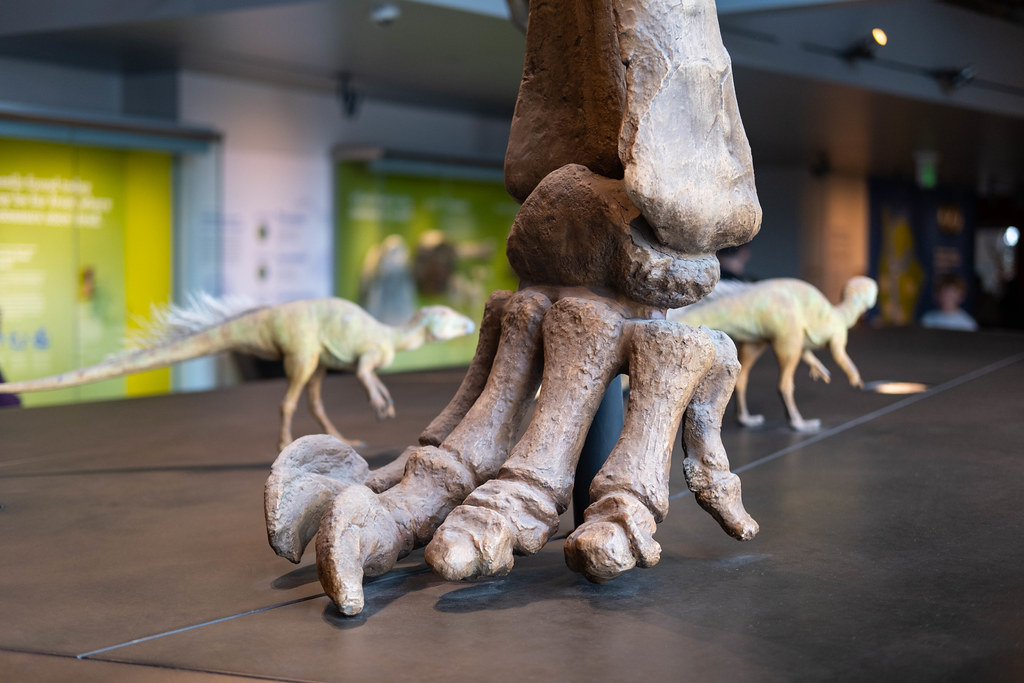
You might picture dinosaurs stomping around like giant lizards, but science is rewriting that image, especially when it comes to their feet. Some of the largest land animals in history may have tiptoed through prehistoric Earth like they were wearing invisible stilettos. Sauropods, the long-necked giants, did not walk flat footed as many once believed. Instead, they put most of their weight on their toes while using a thick fatty pad under the heel for cushioning. It gave them support and balance while keeping their movements surprisingly graceful for creatures of such incredible size.
2. Fossil footprints hold more secrets than bones
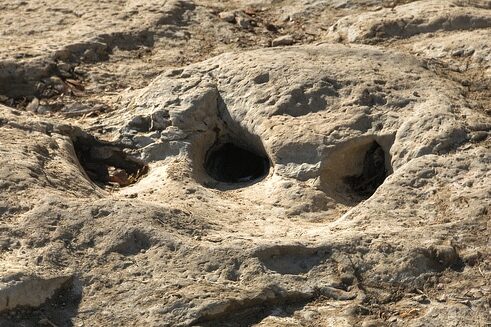
Bones may show what dinosaurs looked like, but their footprints reveal how they actually lived. Trackways left behind in mud and sand tell stories of walking, running, turning, and even hunting. The depth of the prints can show how heavy they were, while the distance between steps hints at speed. Sometimes multiple sets of prints together suggest herds moving as one. These frozen steps act like snapshots in stone, preserving moments of activity that bones alone cannot capture. Each footprint gives us clues that bring dinosaur behavior back to life in ways we can almost picture.
3. Some dinos had birdlike feet because they were birds
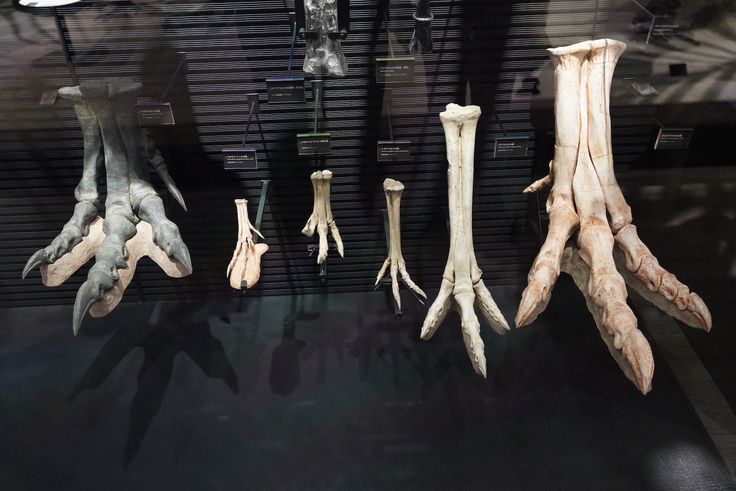
Many dinosaurs had feet that would look familiar today because they are still walking among us. Theropods like Velociraptor had three toed feet shaped much like those of modern birds. This connection is no coincidence, since birds are direct descendants of dinosaurs. When you see a pigeon hopping across a sidewalk or a chicken scratching in the dirt, you are looking at echoes of ancient raptors. Their shared structure of slim toes and curved claws shows how evolution carried forward a design that was efficient, balanced, and perfectly suited for both hunting and perching in different environments.
4. Tyrannosaurus rex had shock absorbing feet
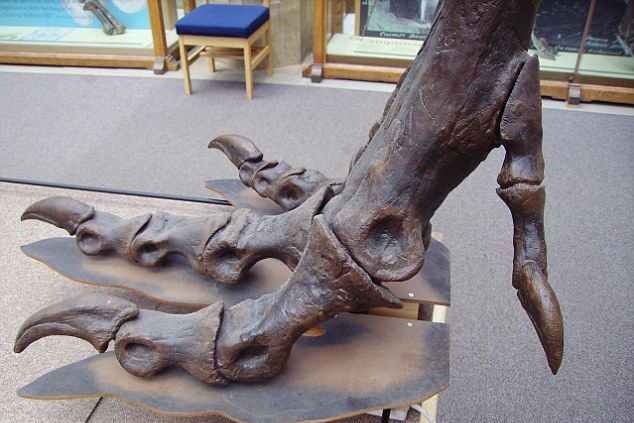
For all its towering presence, Tyrannosaurus rex did not stomp around heavily with each step. Its feet were designed with an arched structure and strong ligaments that acted like natural springs. This built in suspension system helped absorb shock while supporting its massive body weight. The design also gave T. rex the ability to run faster than we once imagined and to turn quickly while hunting prey. It was not only about strength but about balance, as every step needed to handle both speed and impact without collapsing under the incredible size of this powerful predator.
5. Raptor claws were also tools for balance
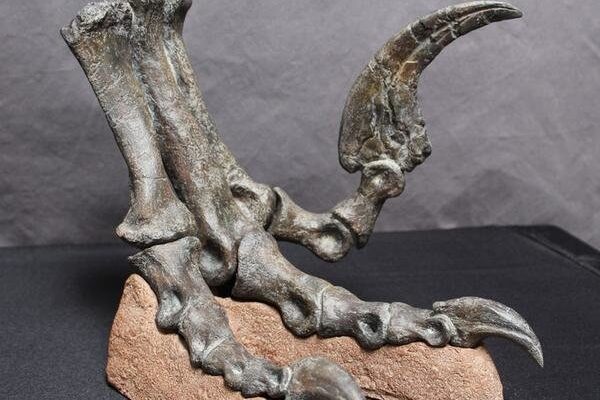
The curved claws of raptors are often imagined only as weapons, but they served more than one purpose. In species like Deinonychus, those claws may have helped with climbing trees or gripping prey tightly during the struggle. They also played an important role in balance. Raptors needed stability while chasing or pouncing, and their toes worked like anchors that kept them steady, much like how a gymnast balances on a beam. This combination of deadly sharpness and practical control made their feet versatile, proving they were both hunters and acrobats in the prehistoric world they ruled.
6. Ankylosaurs had feet like tanks
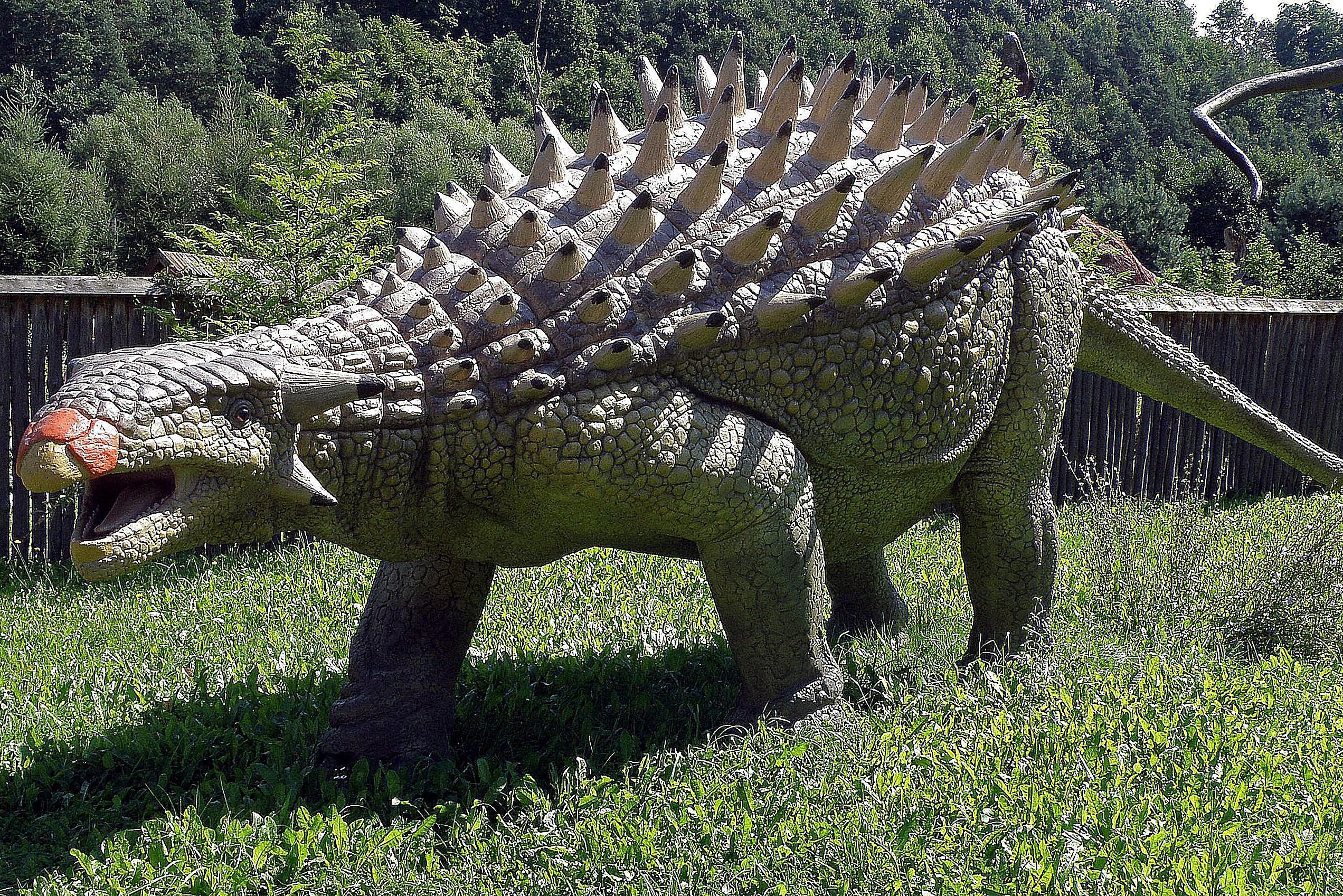
If raptors had agile feet for speed, ankylosaurs had solid feet for strength. These heavily armored dinosaurs carried enormous weight on their bodies, so their feet were short, wide, and built for stability. Instead of sprinting after prey, they moved slowly and steadily, their broad toes spreading weight evenly across the ground. Their tracks suggest deliberate, unhurried steps that matched their role as walking fortresses. Every part of their body was designed for defense, and their feet were no exception. They were not made to run or chase but to support armor and endure without ever losing balance.
7. Dinosaurs evolved feet to match their diets
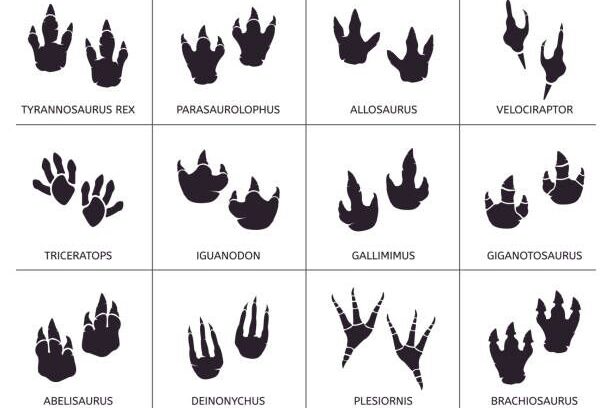
The shape of a dinosaur’s foot often reveals what it ate. Carnivores had slim, narrow toes designed for quick movements, making them agile enough to chase prey. Herbivores, on the other hand, carried much heavier bodies, so they had wide, sturdy feet that allowed them to travel long distances while grazing. This difference is striking when comparing trackways. Meat eaters left narrow trails, while plant eaters left broader prints spread apart. It is a reminder of how nature shaped their feet around survival. Each toe, claw, or pad reflected their daily needs, from running down meals to foraging calmly.
8. Some dinos may have walked on their knuckles
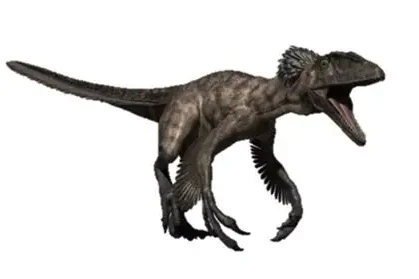
Not every dinosaur walked the same way, and some show puzzling patterns that challenge our assumptions. Evidence on certain fossils suggests unusual wear, which has led some scientists to wonder if a few dinosaurs shifted their weight onto their knuckles. This would have been similar to how gorillas walk today. The idea remains debated, since not all researchers agree on what the bone marks truly mean. Still, it opens the possibility that at least some dinosaurs moved differently than expected, using their feet and hands in ways that adapted to their size, claws, or particular environments.
9. Toe bones often outlast skeletons
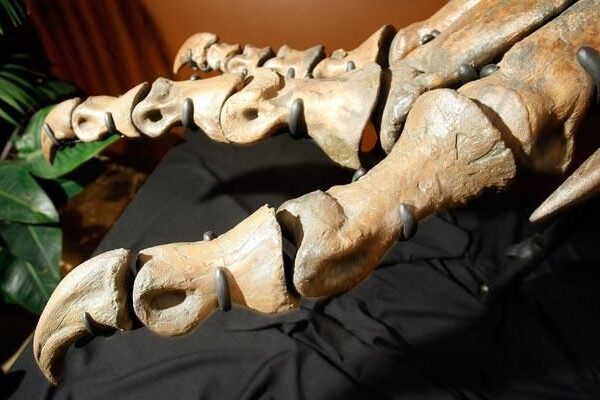
When it comes to fossils, toes often have the last word. Dinosaur foot bones were tough and endured more pressure than delicate parts like ribs or skulls. Because of this durability, they fossilized more easily and are often found even when the rest of the skeleton has eroded away. Many species have been identified primarily through their toe bones, showing just how important these smaller parts were in preserving history. It is fascinating to think that after millions of years, the details of a dinosaur’s walk and stance remain thanks to the stubborn survival of their feet.
10. High tech scans are rewriting everything
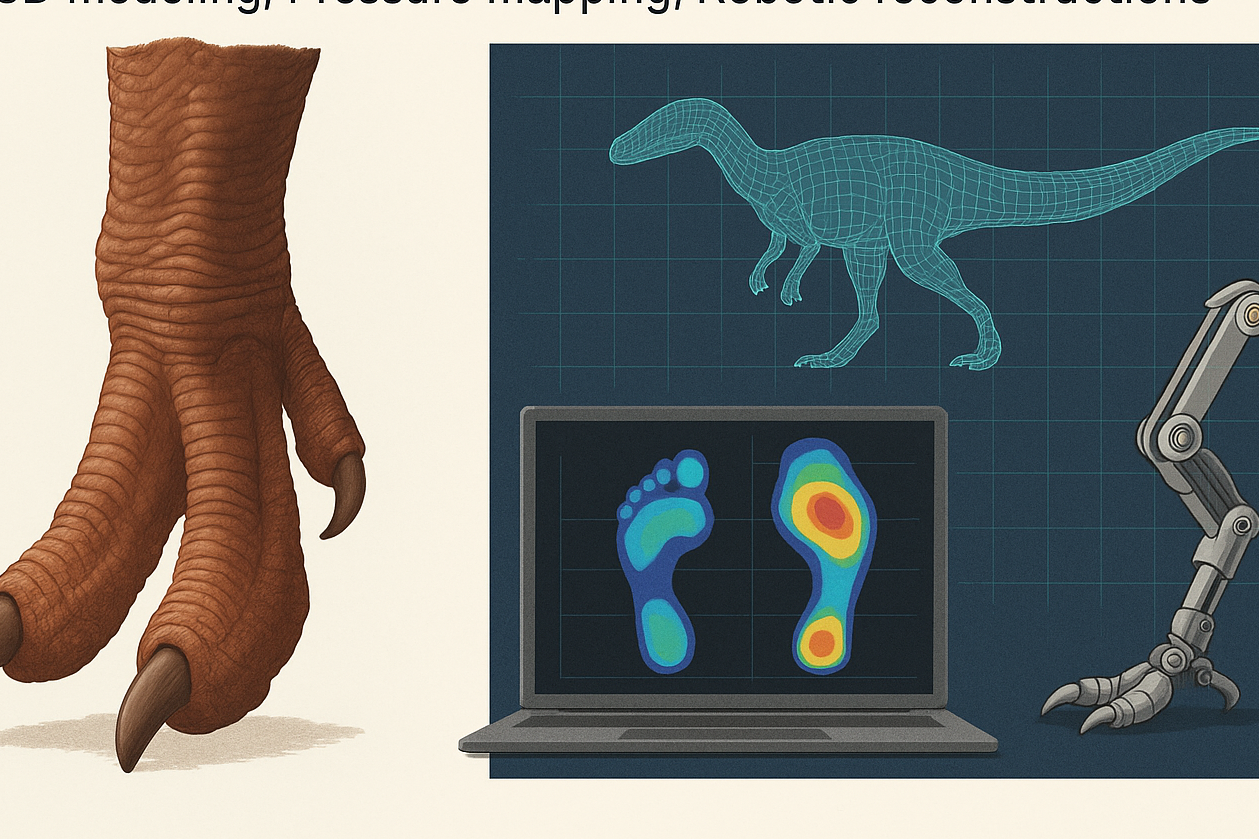
Today’s technology is breathing new life into old fossils, changing how we imagine dinosaurs walking. With 3D scans, computer models, and even robotic reconstructions, scientists can test exactly how weight and movement worked. These studies show that many dinosaurs did not walk flat footed but moved toe first with raised heels. This changes our picture of them from clumsy giants into creatures that walked with more elegance than once believed. Every new discovery reminds us that there is still more to learn, and even footprints can shift our understanding of the prehistoric world in surprising ways.
Think dinosaur feet are even cooler than you thought? Give this story a thumbs up, share it with your favorite science nerd, and drop your thoughts in the comments section!
This story 10 Strange Facts About Dinosaur Feet That Will Surprise You was first published on Daily FETCH


